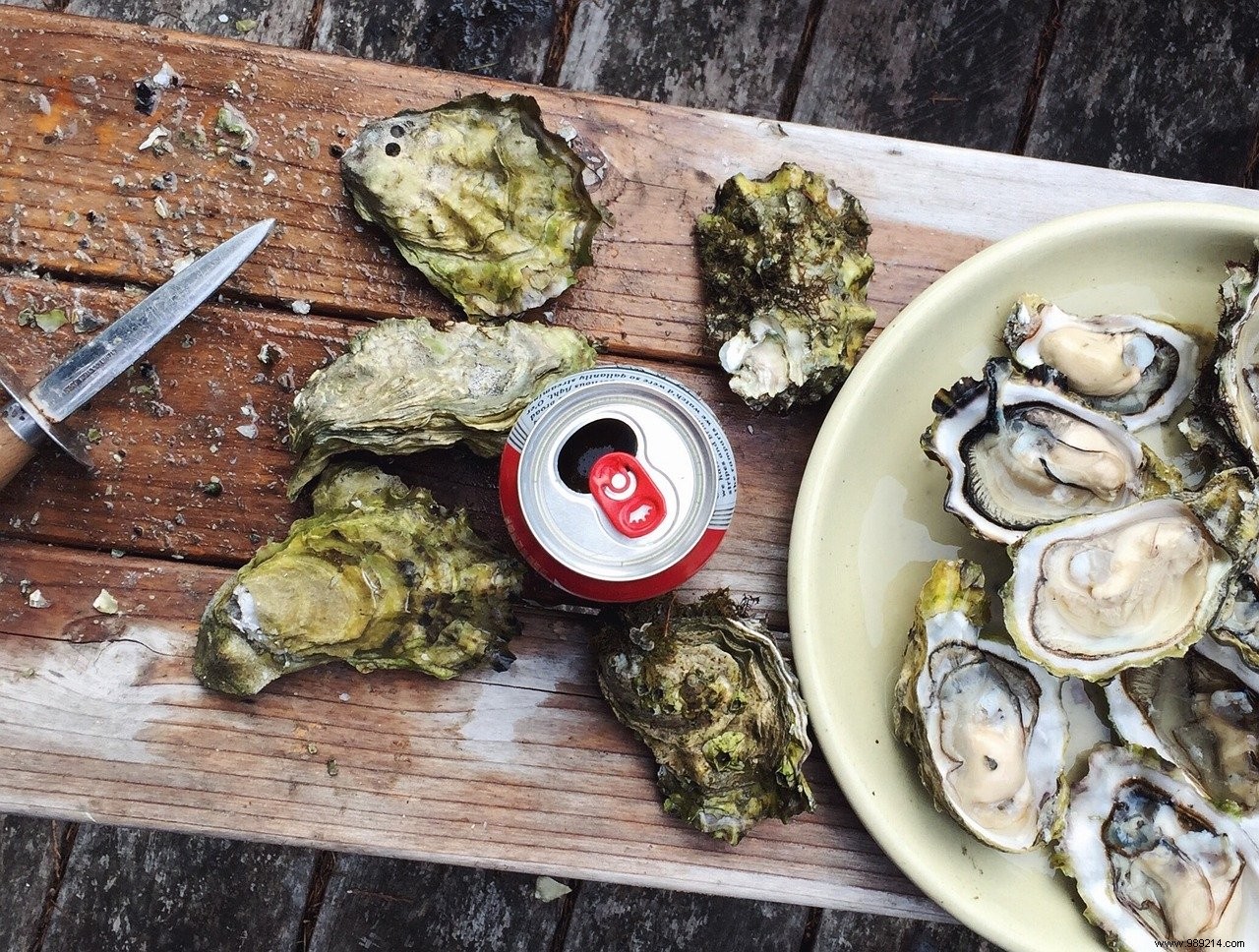Ecologists have found that Myanmar oysters contain many contaminants. While this study remains focused, the researchers say their findings have broader implications.
That pollutants can be picked up by shellfish is not really new. Two years ago, for example, a study revealed to us that billions of plastic nanoparticles can infiltrate the organs of scallops in just a few hours. New research from ecologists at the University of California, Irvine has now revealed an even more gruesome finding.
As part of this work, the researchers examined oysters found in nine coral reefs found near the small coastal town of Myeik, Myanmar. In the samples, they isolated no less than 87 species of bacteria. However, more than half are considered a threat to human health.
The researchers also discovered the presence of at least 78 different types of contaminating materials.
"While 48% of microparticles were microplastics, a representative finding in many ocean ecosystems, many other particles came from a variety of parent materials which are constituents of fuels (kerosene), paints and cosmetics “, explains Joleah Lamb, main author of the work. Some samples even had remains of baby milk powder.
Published in the journal Science of the Total Environment , this new study shows how accelerating coastal urbanization could have an adverse effect on the composition of seafood in some developing countries.
The analysis here only targets certain Myanmar oysters, but the implications could be much broader. And for good reason:about half of the seafood exported in the world comes from these countries.

Science still doesn't know how microplastics might affect human health. However, some studies have already suggested that they could cause potential problems, pointing to certain pollutants such as dichlorodiphenyltrichloroethane (DDT), polychlorinated biphenyls (PCBs) and bisphenol A (BPA).
For its part, the World Health Organization (WHO) takes a different position. In a report published last year, she summarized the latest knowledge about microplastics in drinking water. The agency then pointed out that based on the limited evidence available, "chemicals and microbial pathogens associated with microplastics in drinking water pose few health concerns for humans “.
The presence of these plastics is still a concern, as are the other contaminants mentioned. Finding remnants of powdered milk formula in oysters, for example, could suggest that other components of wastewater such as feces may also find their way into the food web.
“These findings highlight both the risks of coastal urbanization and the importance of proper wastewater and stormwater management. They also clearly show the need for better science related to the potential impacts of these contaminants, and the need for better testing programs so that seafood consumers can be confident in their safety “, conclude the researchers.